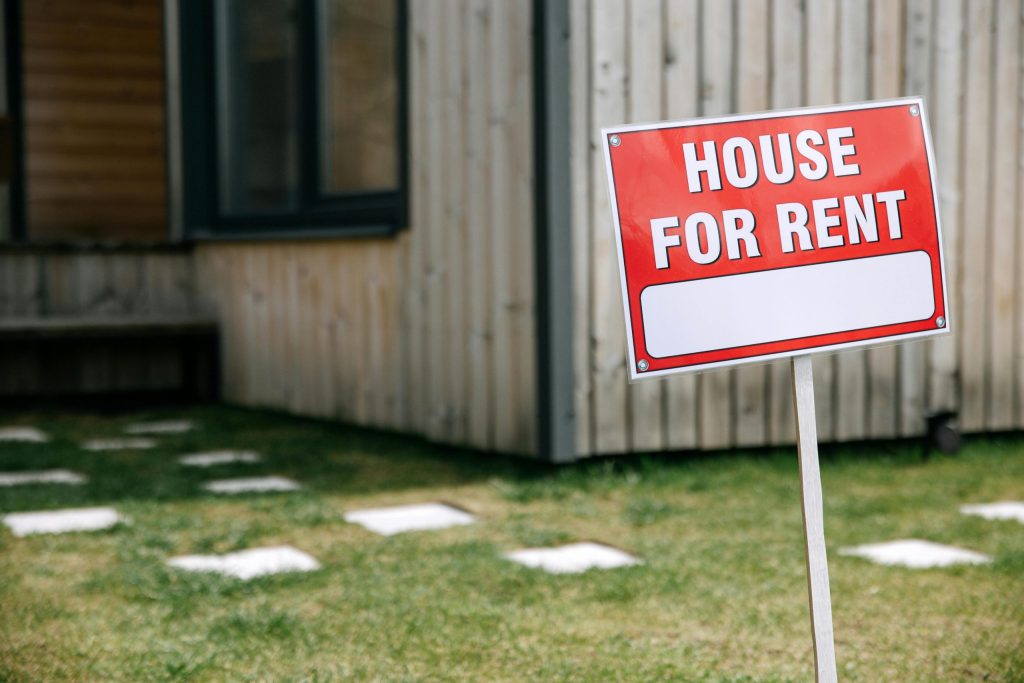Photo Above by Ivan Samkov
Finding a safe, affordable place to live is hard enough in Toronto, but it can feel nearly impossible for newcomers. From rent hikes above provincial guidelines to hidden discrimination in rental applications, immigrant families are facing systemic barriers that leave them one step away from homelessness.
Recently married Heba, who goes by her first name, has been searching for a rental apartment to move into as she awaits her husband’s arrival from Jordan. The Syrian-born Canadian is now wondering if she can ever find affordable housing in Toronto.
“I’m living with my parents in East York and contribute a little to the rent. But if I’m going to be alone or with my husband, who will be a newcomer, I don’t know how we can manage. Maybe we will have to live with my parents in the beginning… until he finds a job,” says Heba, who is a part-time employee at a bank.
According to a recent Canadian Centre for Housing Rights (CCHR) study, such barriers make it harder for newcomers to find a home. The study aimed to measure the extent of discrimination experienced by marginalized renters when they are searching for, or living in, a rental home.

Discrimination in screening
The study, Measuring Discrimination in Rental Housing Across Canadaconducted in partnership with Brock University, observes that rental applicants are often rejected based on immigration status, racial or ethnic background, family composition, or because they receive social assistance, among other factors.
Growing up in a household that has experienced frequent rent increases above Ontario’s rent control guidelines, Heba is also extremely anxious.
“Whenever I see a decent apartment unit, I find the rent insanely high. I don’t know if I can even afford an apartment by myself,” says the 27-year-old, who lives with her parents Khalil Mohammed Aldroubi and Samar Chehab Abdulkarim, and her four siblings.
Theirs was one of the first families to enter Canada during the 2015 intake of refugees from war-torn Syria. All seven members of the family have been living in a three-bedroom apartment, after spending a month in a downtown shelter.
Her wheelchair-bound father is among the tenants—mostly newcomers and recent immigrants—at 71, 75 and 79 Thorncliffe Park Drive, who are fighting rent increases above provincial guidelines.
“Our rent has increased around 11 per cent in the last few years,” says Aldroubi, who was among a small group of tenants to go on rent strike in May 2023. He also became an organizer and helped mobilize other tenants by raising awareness about tenant rights.
In response to the rent strike, the landlord filed to evict tenants.
The landlord says above-guideline rent increases apply to investments into aging infrastructure. However, Aldroubi claims any renovations done are limited to the building exterior, with minimal maintenance and repairs inside units. “It’s clear our landlord was neglecting any maintenance work inside the apartment and kept increasing our rent every year above the guidelines so that we move out,” he says. “We have had many problems, and I have taken help from my friends to fix those.” He adds that there have been issues with mice, roaches and rat sightings.
The CCHR study’s key recommendation is for the Canadian government to take urgent action to not only address barriers to affordable and adequate housing, but also to prevent landlord harassment and neglect, and to mitigate the impacts of the financialization of housing.
Barriers to affordable housing
The study says the responsibility lies with provincial and territorial governments to amend their Residential Tenancies Acts to prevent discrimination during the pre-tenancy period, implement effective rent regulation measures, and establish minimum residential maintenance standards. It also calls on provinces to support municipalities in developing rental licensing.
“With my parents going through all of this, I feel like I have to do the full homework about whose property it is, what their history is, and how they maintain the property, before I settle for a unit,” says Heba. “I also hope the government has some program where they can help with [subsidized] renting…”
Aldroubi applied for subsidized housing about six years ago and is still waiting for progress. “At that time, they said it would be about 10 years before our turn, but now I am hearing the waiting time has gone up to 15 years.”
Ontario’s Rent-Geared-to-Income (RGI) program sets rent at 30 per cent of a family’s monthly adjusted net income, determined annually using each household member’s income tax Notice of Assessment.
Currently, the number of people in need of subsidized housing exceeds the number of units available, making the RGI waitlist significantly longer, according to the City of Toronto’s housing program website.
Vulnerability to homelessness
While not all who are eligible seek subsidized housing, the affordable housing crisis is pushing many newcomers and recent immigrants to the brink of homelessness. Racialized individuals continue to be overrepresented among those experiencing homelessness, according to the City of Toronto’s 2024 Street Needs Assessment (SNA) reportreleased in early July.
More than 75 per cent of respondents identified as members of a racialized group, with 58 per cent identifying as Black, despite Black people representing only 10 per cent of Toronto’s population. Refugee claimants made up 54 per cent of people staying in City-administered shelter sites. Like the CCHR report, the SNA highlights the need for subsidized and deeply affordable housing as the key to preventing and ending homelessness. More than 70 per cent of respondents felt that having access to subsidized or affordable housing could have prevented their homelessness.
In today’s housing and affordability crisis, exiting homelessness is increasingly difficult without financial supports such as housing allowances or subsidies. The result, according to the report, is longer shelter stays and greater instability for vulnerable populations.

